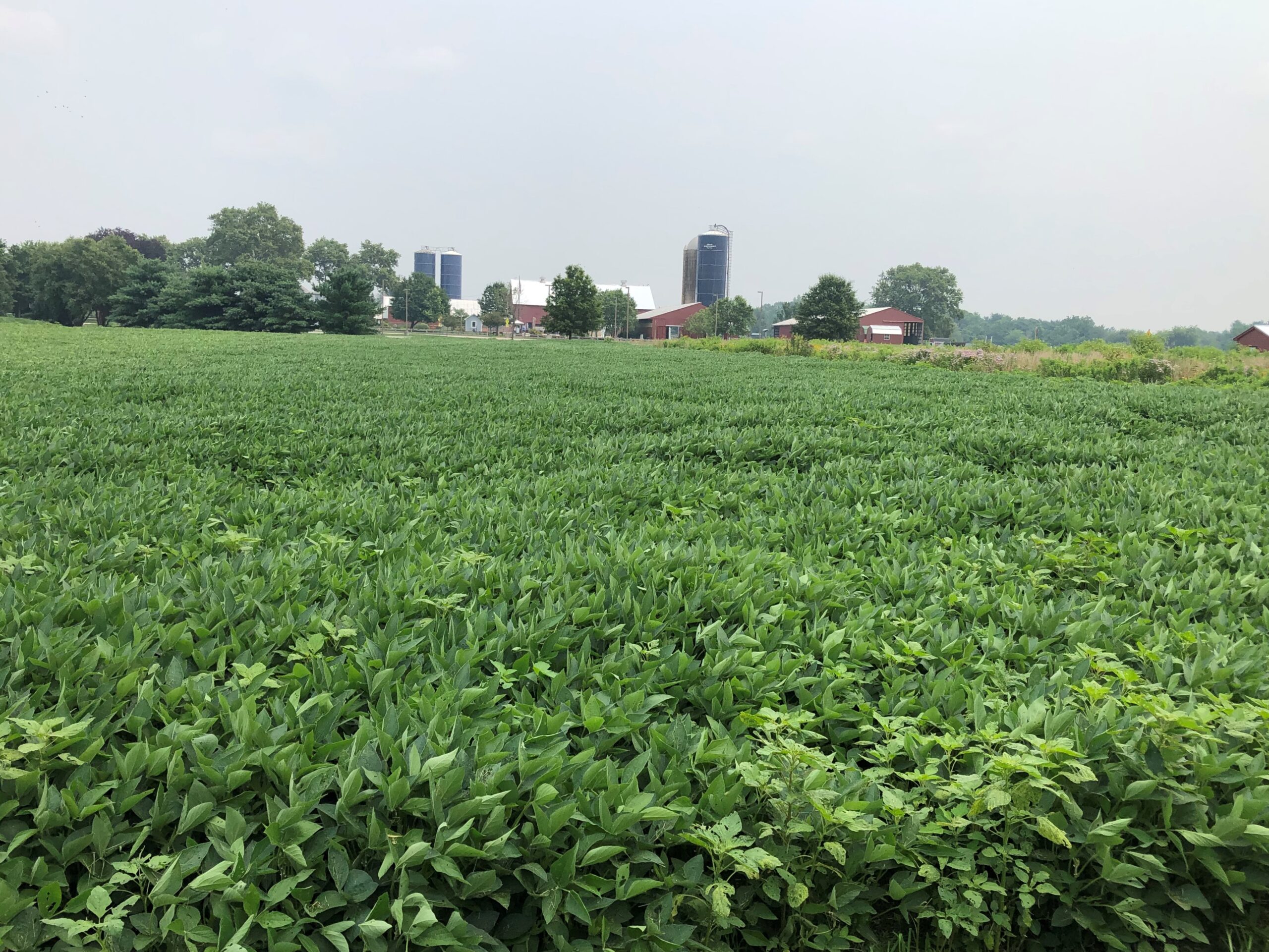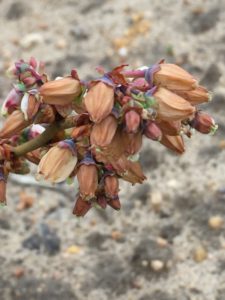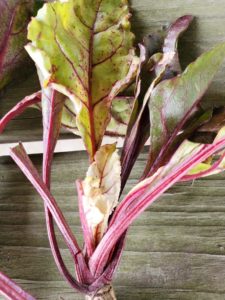Rutgers Cooperative Extension of Burlington County will host a research and demonstration plot field tour at the Burlington County Agricultural Center on Wednesday, September 14, 2022. Pesticide recertification credits in CORE (2) plus categories 1A (3), 10 (3), and PP2 (3) have been approved by NJDEP.
Space is limited and REGISTRATION IS REQUIRED. Please contact Sandra Trossbach at 609-265-5051 or strossbach@co.burlington.nj.us to register by Wednesday, September 7.

Soybeans in research plot at Burlington County Agricultural Center.
PROGRAM AGENDA
5:15 p.m. Meal and Registration (in the red market barn)
6:00 p.m. Walk to demonstration plots
6:15 p.m. How low can you go? Impact of soybean planting population on yield efficiency and crop management.
- Bill Bamka, Agricultural Agent, RCE-Burlington County
6:45 p.m. Off-target herbicide movement and response of economically important vegetable crops to sub-lethal rates of dicamba
- Thierry Besançon, Extension Specialist in Weed Science – Specialty Crops, Rutgers NJAES
7:15 p.m. Walk back to market barn
7:30 p.m. Beyond the active ingredient: Additives to the pesticide spray tank
- Kate Brown, Program Associate, RCE-Burlington County
8:00 p.m. Pesticide Recertification Credits and Adjourn
The flyer for this event is available at https://events.rutgers.edu/pdfs/Flyer_Research-Tour-at-Ag-Center-2022.pdf.




